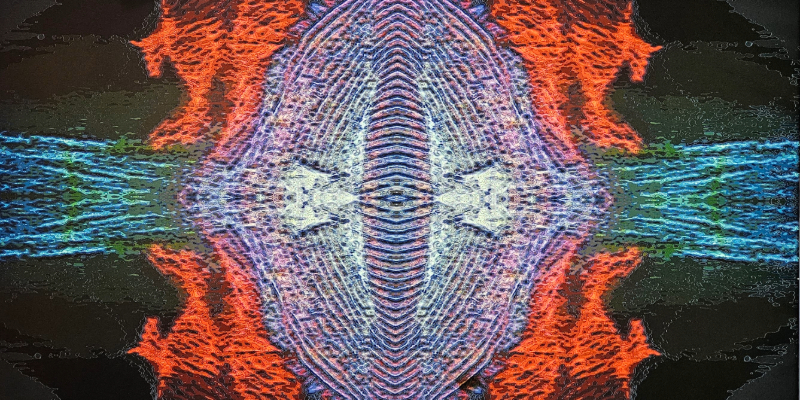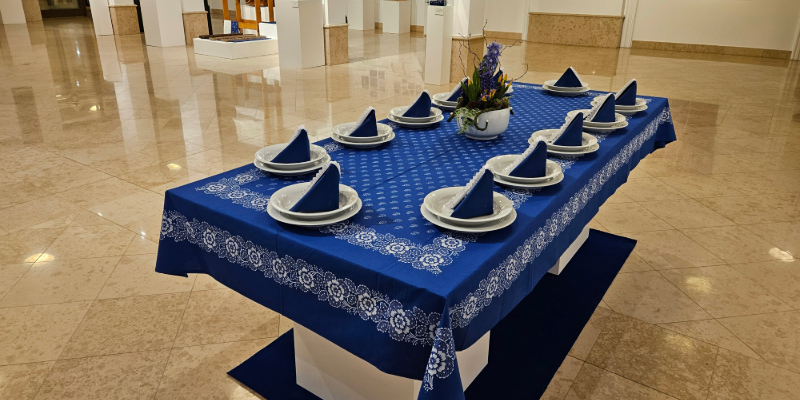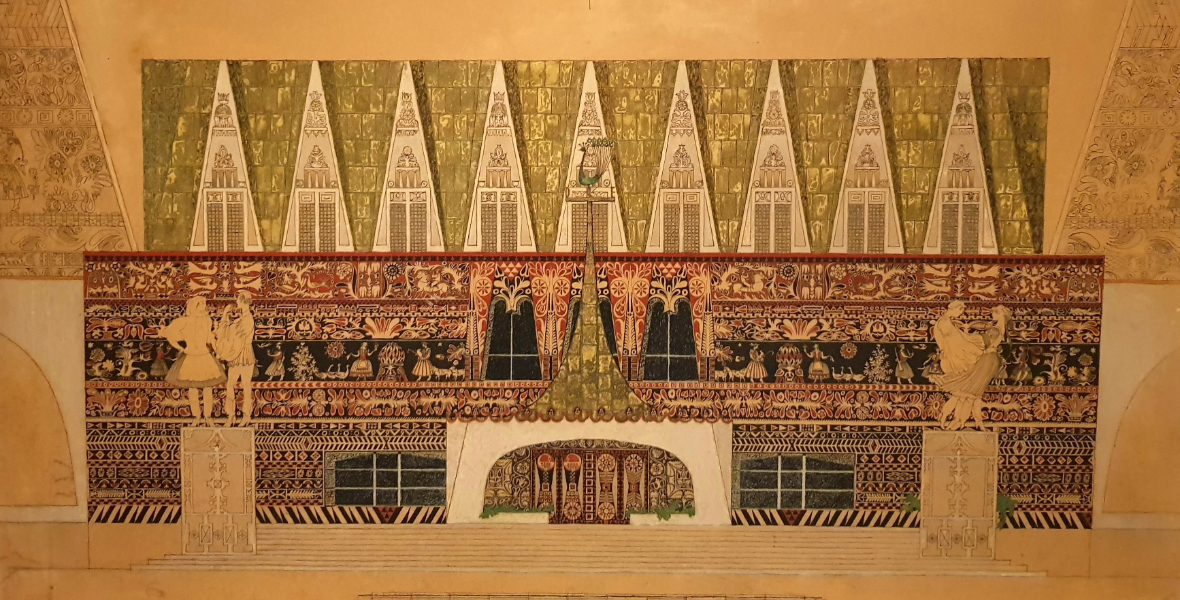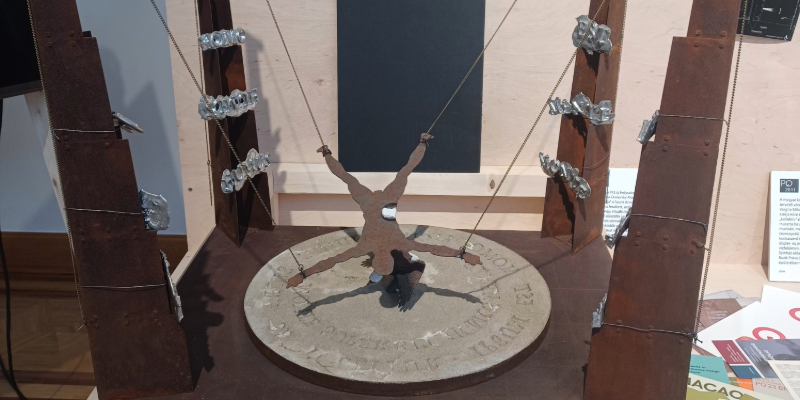
Interview with member of Fonó Folk Band Gergely Agócs, programme editor of the concert entitled ‘Wild' Baroque, held in Pesti Vigadó on 8th October 2017.
Fonó Folk Band is celebrating its 20th birthday and has invited Musica Profana Old Music Ensemble to join the Band in staging a concert entitled ‘Wild' Baroque, to be held in Pesti Vigadó on 8th October 2017.
- Judging by the title of the concert ‘Wild' Baroque, this 8th October program promises to be quite exciting. Why have you chosen this title for your performance?
When baroque music was introduced in Hungary, it was first played in noblemen's and aristocrats' palaces. This new musical fashion on the part of the nobility – i.e. the then trendy custom of listening to baroque music, which concurrently signals the fashion of cultivating diverse string instrument formations – was afterwards imitated by the smaller nobility: the smaller nobility was that very layer of the society through which peasants got acquainted with this new musical style and the string chamber orchestra itself. The above-described process has come to be called the "driving wild" of baroque music, and this notion has prompted our choice of the concert's title ‘Wild' Baroque.
- Why did you invite Musica Profana Old Music Ensemble as a guest performer? How can an old music ensemble contribute to a performance of this kind?
Through a tangible manner of presentation, the concert wishes to show to its lay audience that folk music also drew on these musical roots during the age characterised by baroque music, and that the imprints of this impact are still present and visible in musical folklore. Musica Profana Old Music Ensemble will demonstrate how given melodies sounded in the baroque age, while our Band will present in what way these musical scores and movements got folklorised in the music of the Carpathian Basin by the 20th century.
- It is less widely known to the general public that the members of Fonó Folk Band also engage in collecting music, that is, they do music folklore related field research. How does such research take place in the 21st century? Are there any unexplored areas within the Carpathian Basin?
Up until the start of the Hungarian dance house movement, research was predominantly characterised by collecting vocal music, which means that researchers were primarily interested in recording sung folk songs. This is one of the reasons why my current research activity prioritises the collection of data concerning musical instrument use. Up until 1985, data about the musical folklore of the regions populated by the Hungarian minority in Slovakia totalled only 4–5 hours of recorded materials, while at present even my own collection of that region's musical folklore can boast of around 500–600 hours of recording. During the last month, for example, I collected music at 6 or 7 places, including the recording of a performance by a Nové Zámky (Slovakia) based old gypsy band leader, who was born in the Slovakian village of Dvory nad Žitavou. Even if there is a huge amount of data in these copious collections, there are still regions as big as entire counties concerning which certain types of data are missing or are incomplete. For instance, there is no authentic zither recording from the Hungarian County of Veszprém and, similarly, data about Vas County (Hungary) lack recording of pastoral instruments including the flute. Let me illustrate this with another example: following Zoltán Kodály's 1910 bagpipe recording prepared in the region situated at the foot of Zobor Hills (Slovakia), up until as late as 1988 nobody recorded any Hungarian instrumental folklore music originating in this area, which is otherwise a quite well-documented region as far as its vocal musical culture is concerned.
- At your concert on the 8th October, are you going to play any musical motifs that were discovered during the scope of such musical data collection and which the Band incorporated into its performance?
Yes, definitely! When we compiled our record of the same title and, also, when preparing the music to be played at this concert, we relied several times on the materials of our own collections. The Slovakian dance music called ‘vlašiko' and ‘krucenák', which presents the local Slovakian melodies of the Hungarian ‘oláhos' and ‘forgatós' dances, and is featured in the second section of our performance, in fact comes from a collection that records music by a Petrovany-based (Šarišská župa County, Slovakia) gypsy band leader. Likewise, the song introducing these dances comes from a collection I recorded in Vyšné Raslavice (Slovakia), which is situated halfway between the Slovakian towns of Prešov and Bardejov. In addition, the melodies originating from the region situated at the foot of Zobor Hills (Slovakia) come from Zoltán Kodály's collections, on the one hand, and from my own collection of local melodies, on the other hand.
- If we think about the venue of Pesti Vigadó, our first association would not be the word ‘wild'. We would rather think about words such as ‘elegant' and ‘exclusive'. In the light of this, what are your expectations about Pesti Vigadó's stage and about the ambience of its building? Do you think your music fits this venue?
Times do change! These words and the notions behind them do not exclude one another. If we want to place Transylvanian folk music within this ‘wild' musical genre, we would associate it with the word maestoso, and we would associate the word joviale with the music of Hungary and of the Historical upper-Hungarian region. Yet, these words are quite unlikely to surface in the characterisation of folk music. When baroque music suddenly became known, contemporary writings associated this musical style with the luxurious and ‘wild' proliferation of sounds. Still, it is quite unlikely that today's audiences would characterise baroque music by referring to the same features and by using these adjectives. And if we are talking about ‘elegance' and ‘exclusivity', we can rightfully say that Hungarian folk music can also be portrayed as both elegant and exclusive in the face of its ‘wild' characteristic traits. If you do not believe it, come hear it and listen to it! The concert, held in Pesti Vigadó at 19.30 on 8th October, seems to be a perfect opportunity for this!




